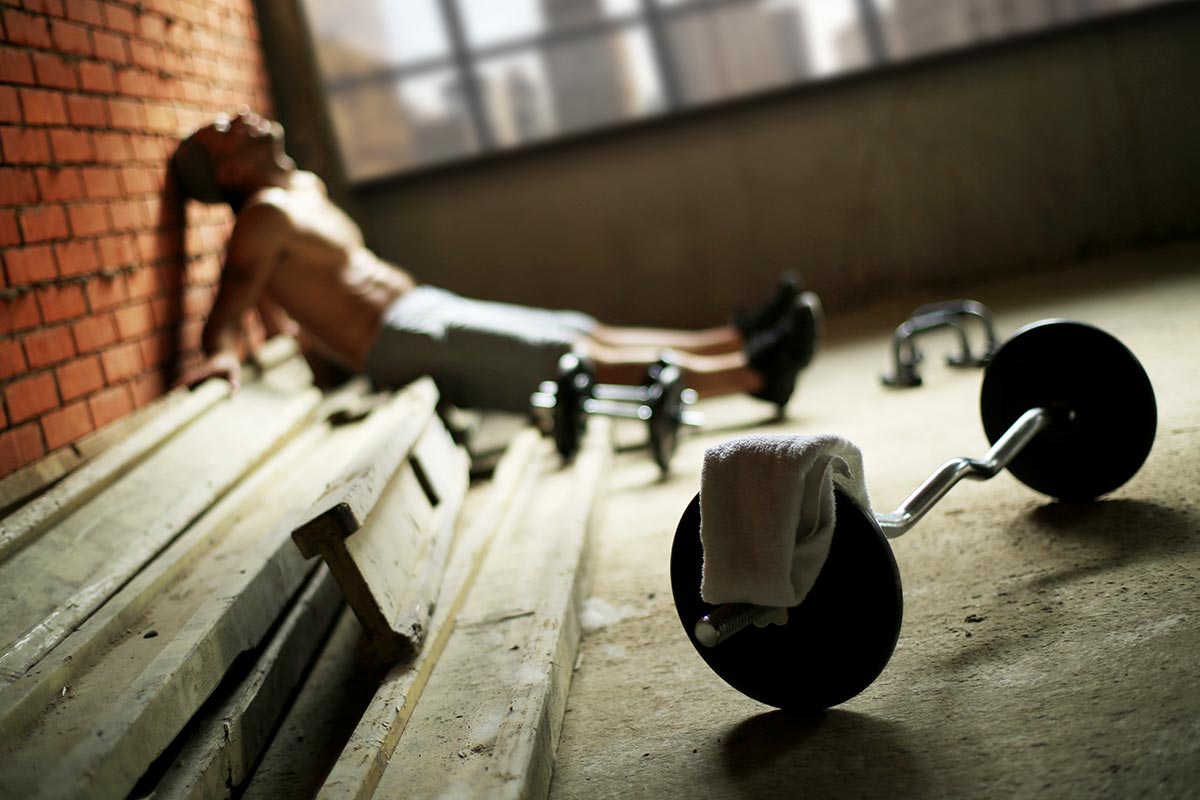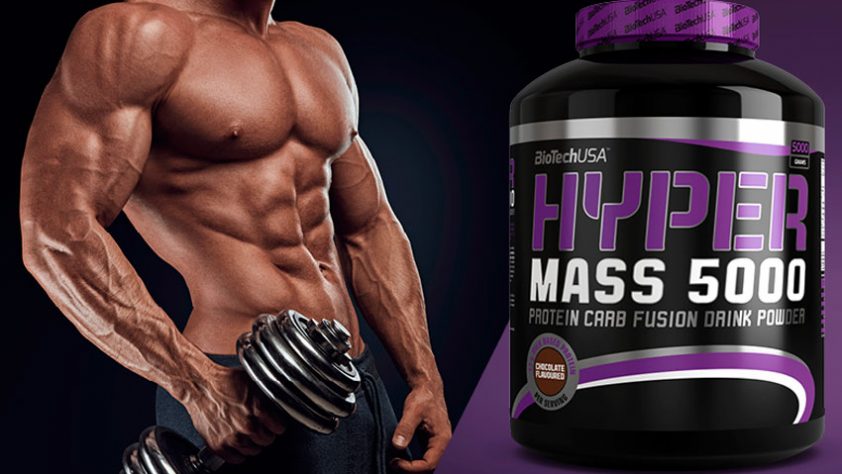A quick recovery after training is the key to getting maximum results. Moreover, we are talking not only about the muscles, but also about the ligaments and even about the central nervous system. Heavy strength training (especially for beginners or after a break) is a serious stress on the body.
As a reminder, overtraining and not having enough recovery time leads to overtraining – and is characterized by increased production of the stress hormone cortisol. It not only speeds up the heartbeat, but also lowers testosterone and triggers catabolic processes.
Post-workout recovery

Traditionally, the term “recovery” means passive rest to unload muscles – the athlete does not play sports at all, but simply rests. However, for professional athletes who train often enough, this method is not suitable.
During exercise, toxins and lactic acid are formed in the muscles (often muscle pain is caused by these substances). In fact, passive recovery removes toxins from the body too slowly – however, the recovery process can be accelerated.
Since large muscle groups require up to 60 hours to fully recover, they need to be trained no more than once every 3-4 days – in the remaining time, you need to pump small muscle groups, as well as engage in moderate cardio or light strength training.
Muscle Pain – Good or Bad?
It is important to distinguish between “healthy” muscle pain and pain caused by injury. If the muscles begin to ache slightly on the 2-3 third day after training and stiffness appears, this is a normal recovery process. However, if you experience sharp pain when moving, then this is most likely an injury.
As for lactic acid, it is excreted from the body within a few hours after the end of training. In other words, a burning sensation in the muscles during exercise can be caused by its excess, while the pain the next day is a more complex physiological process.
What is active recovery?

Active recovery is one of the most effective ways to quickly regenerate muscles and accelerate the process of removing toxins from the body. Usually, active recovery means a combination of massage, muscle stretching exercises – as well as light cardio training.
The myofascial release technique also shows good results for accelerating recovery – that is, the independent use of a massage cylinder to work out large muscle groups. This improves the circulation of fluids in the tissues and helps to remove toxins.
How to restore leg muscles?
For faster recovery of the muscles of the legs and lower half of the body, a short strength training (about 20-30 minutes), performed the next day with loads of 30-50% of the usual, helps. That is, if you squatted 100 kg for 5 reps, then you should squat with 30-50 kg and 10-12 repetitions.
However, running, cycling, football, and other activities that involve the muscles of the legs can negatively affect the rate of recovery of the muscles in the lower body. If you use cardio, keep your heart rate calm and go for a rowing machine.
Nutrition and Supplements

BCAAs, taken directly during training, stop catabolic processes in the body – and can reduce pain the next day. In addition, regular intake of creatine also improves energy metabolism in the muscles.
A classic recipe for a sports cocktail to accelerate muscle regeneration is a mixture of creatine, simple carbohydrates and protein isolate (a total of about 30 g of carbohydrates, 10-15 g of whey protein and 3-5 g of creatine), taken before starting a workout for active recovery.
Such a cocktail will become a source of nutrition for the muscles, and the increased blood flow as a result of training will facilitate the rapid absorption of nutrients. Among other things, make sure you get enough vitamin C, magnesium, zinc and iron in your daily diet.



